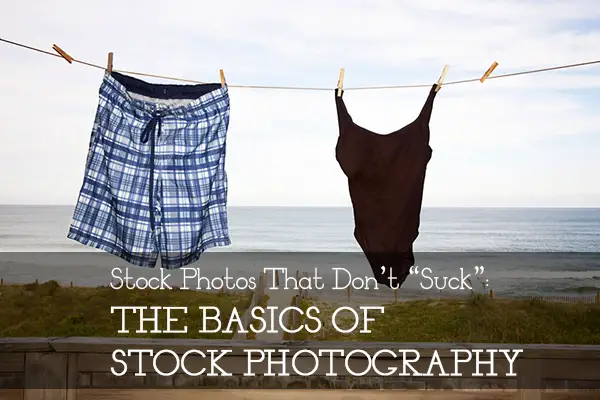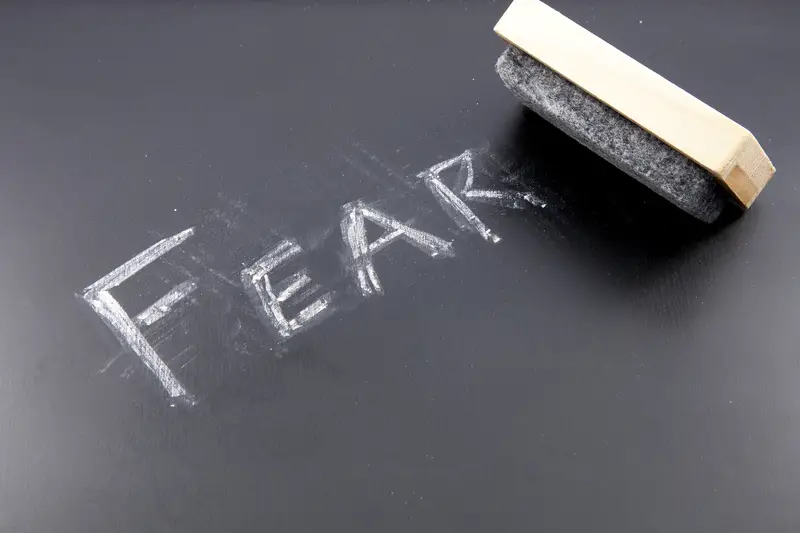As a freelance stock photographer, I have to admit I am insulted when I see articles written about how horrible the market is for stock photography.

Has the bar been lowered so far that we are forcing consumers to seek out photographs that simply “don’t suck”? I don’t think so.
Some people feel that the proliferation of digital cameras and smart phones has turned everyone into stock photographing machines – it’s actually just turned us into camera and phone owners. Just as the advent of the word processor didn’t turn everyone into great writers, technology doesn’t change the components of good photography – it simply makes it easier and cheaper to produce.
So how does one go about taking stock photos that don’t “suck”? By paying attention to the basics.
Technical Quality
While in general the equipment you use doesn’t matter, most stock agencies have a minimum size requirement, usually 3 MPs or higher, so ensure the camera you are using supports this.

Also where possible, shoot in camera RAW format to give yourself the most flexibility with the resulting images – you’ll see evidence of this below. Finally, always look at your images at 100% resolution and pay attention to the following details.
Noise
At maximum resolution, noise will present itself as a grainy texture. This is highly undesirable in stock images. Use post processing software (this is where shooting and processing images in RAW really pays) to eliminate the noise without over processing to the point where the photo looks more like an impressionist painting than an photograph.
Aberration
Another unwanted effect is chromatic abrasion, which presents itself as “fringes” of color along boundaries between light and dark objects in an image.

This is generally a result of the camera itself and is best fixed using camera RAW prost processing.
Vingetting
Optical vignetting creates a decrease in saturation or brightness around the edges of the image and generally is the result of low quality optical lenses. Camera RAW allows for the correction of most common lenses, or creative cropping can be used to eliminate the effected areas.
Exposure
It is always best to check exposure during shooting using an external light meter or the built in histogram in your DSLR to ensure you are shooting with the correct settings.

Post processing can correct some exposure problems – but you run the risk of introducing added noise (see above).
Focus
The area that cannot be fixed in post processing is focus. Images that are out of focus, soft in focus or have added camera shake (good idea to always shoot with a tripod or monopod) when viewed at full screen resolution are generally unacceptable.
I’ve mentioned post processing quite a bit in this section. While I highly recommend investing in good post processing software, don’t fall into the trap of over processing. Stock photography is not fine art and too many effects can limit the images usefulness. Leave the advanced filters and effects to the consumers to decide on.
Composition
[Tweet “Stock images are all about highlighting an object or idea.”] The focal point of any stock image should be obvious. The most common focal method for stock images is the Rule of Thirds (place imaginary grid lines to divide the image into 3 segments vertically and horizontally, the intersection of those lines are natural focal points). But don’t be timid in using other techniques as well (converging lines, relative size, selective focus/lighting, repetition, etc). Just make sure that the result is a subject that is clear and obvious in the image

Don’t crop the image too tightly as this will limit the uses for the consumer. A good rule of thumb for individual or groups of objects is to leave blank space around the four sides. For other images, leave as much of the background as makes sense for the subject – the image can always be cropped tighter but never expanded later.
Lighting
Besides just achieving the right exposure, pay attention to the use of lighting to create focus or set a mood. Photography is often referred to as painting with light, so creative use of lighting will set your images off from the rest of the pack.
Subject Matters
We all like to take pictures of pretty flowers, sunsets and snowfalls. Because of that, the stock photo market is flooded with those types of images.

My advice would be that unless you can take an image of those subjects that is FAR superior to anything anyone else could create, skip it and focus elsewhere. Universal concepts and themes will generally give you the best return for your effort. Think Holidays, Social Issues, Occupations, Business and Finance, Travel Destinations, and the like for your inspiration.
To paraphrase Ansel Adams,
pictures are taken, but photographs are made.
Use these simple guidelines and go out and make some great stock images, not just ones that “don’t suck”!
All images copyright Karen Foley via Dreamstime.com.









Excellent post.Thank you so much.